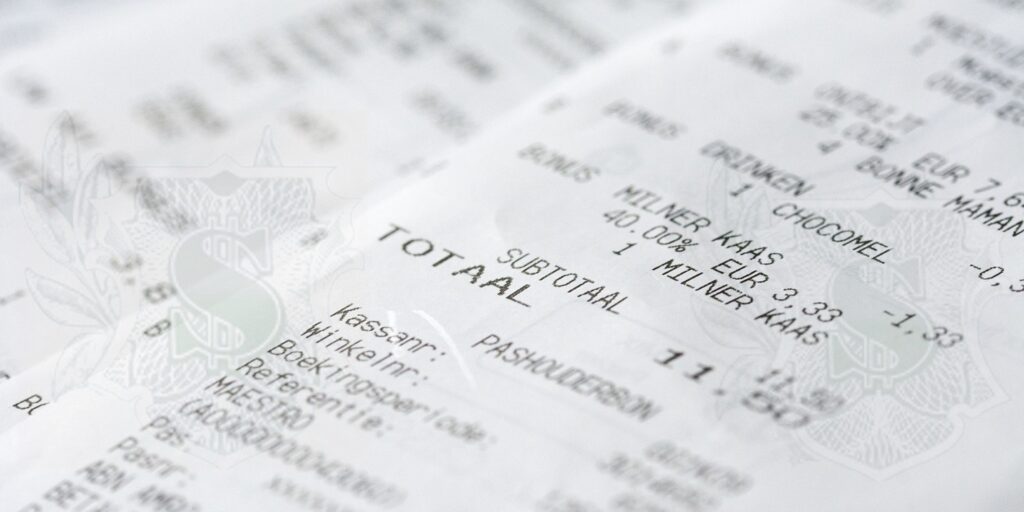It’s not uncommon to see receipts as litter, along with packaging or bags from restaurants or retailers beside them along the roadside, gutters or in parking lots. Now researchers have dug-in to the details of where that garbage originates by looking at receipt data. Here’s an introduction from the abstract of the study:
Urban areas are the primary source of human-made litter globally, and roadsides are a primary accumulation location. This study aimed to investigate how litter arrives at roadsides and determine the accumulation rate and composition of roadside litter. We monitored select roadsides in the Inland Empire, California, for litter abundance (count) and composition (material, item, and brand type). Receipt litter with sale time and location information was used to investigate whether wind, runoff, or human travel were dominant transport agents. Only 9% of the receipts could have experienced runoff, and wind direction was not correlated with receipt transport direction. However, human travel and receipt transport distances were similar in magnitude and distribution, suggesting that the displacement of litter from the place of purchase was predominantly affected by human travel. The median distance receipts traveled from the sale location to the litter observation location was 1.6 km, suggesting that most sources were nearby to where the litter was found.
Litter origins, accumulation rates, and hierarchical composition on urban roadsides of the Inland Empire, California. Published 7 January 2022 • © 2022 The Author(s). Published by IOP Publishing Ltd Win Cowger Andrew Gray, Hannah Hapich, Jasmine Osei-Enin, Salvador Olguin Jr, Britney Huynh, Hinako Nogi, Samiksha Singh, Stanley Brownlee, Jonathan Fong, Trevor Lok, Gideon Singer and Hoori Ajami
Most of the receipts originated less than a mile from where they were found. It seems obvious that trash cans should be placed immediately adjacent to stores and restaurants where that rubbish originated, but it also is obvious that the litterbugs often travel a short distance (just under a mile) from where those things were purchased before removing food or belongings from the bags – then discarding wrappers, receipts and packaging.
There is a public radio interview with Win Cowger, one of the authors of the study which illuminates more. He mentions that more studies like this one are being planned for other cities, including Long Beach, California and in Portland, Oregon. The study was done by researchers from the University of California, Riverside and was the subject of an article in the UC Riverside news titled “Who’s responsible for roadside rubbish?”
So now we see receipts as one more data point in our lives. Where litter originates can be tabulated. Would love to track WHO does that littering to stop it.

